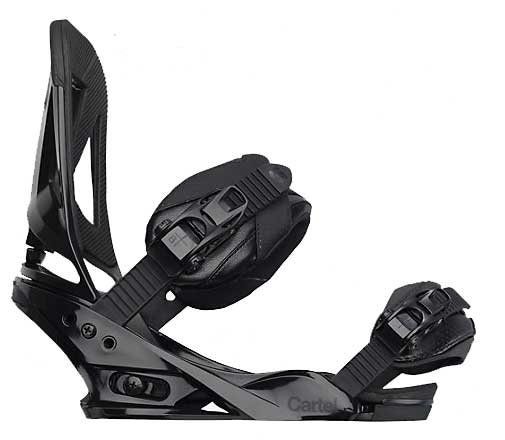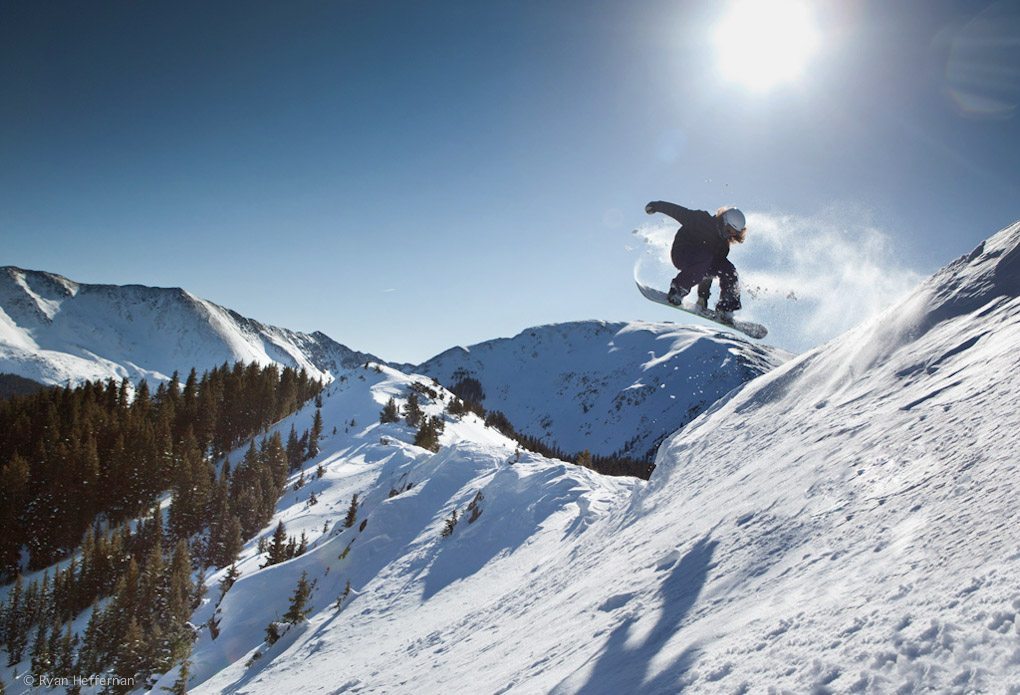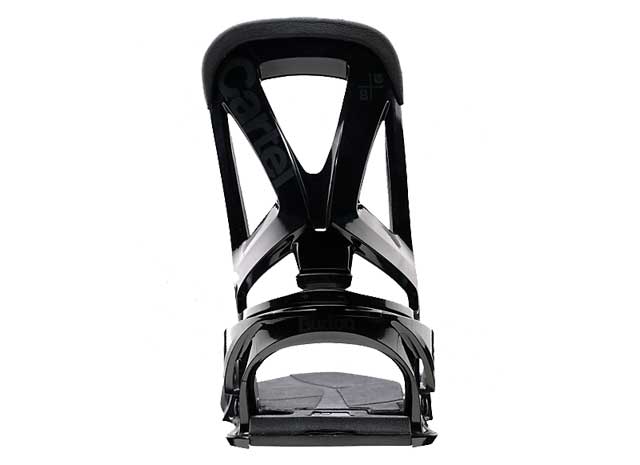 Binding: 2012 Burton Cartel Re:Flex Binding
Binding: 2012 Burton Cartel Re:Flex Binding
Test Locations: Taos Ski Valley, Snowbird, Brighton, Utah Olympic Park, Breckenridge, Keystone, Arapahoe Basin, Winter Park, Copper, the Loveland Pass backcountry, urban jibs.
Boards Used:
- Rossignol Jibsaw 157 (a soft/mid flexing park board)
- Rossignol Krypto 163 (a stiff, directional freeride board)
- Rossignol Jdub (a very stiff, directional twin park board)
Days Tested: 40+
MSRP: $230
Burton’s binding line is renowned for its constant R&D and pushing the design envelope, and the Cartel binding is no exception. A mid/stiff flexing, all-mountain model, the Cartel has undoubtedly been the choice of both Burton and non-Burton professionals for years, as well as many in the intermediate/advanced freeriding demographic.
One of the best-selling bindings of all time (Burton claims), the Cartel has been a favorite of mine for its bang-for-the-buck dependability, comfortable straps, and tall, responsive highback; my own pair of 2008 Cartels are still riding well four years later.
So when Burton made some serious changes to the Cartel in recent years—apparently trying to update a classic—I was eager to see how this new binding would ride.
A few features impressed me right away. The toe strap (marketed as the Gettagrip Capstrap™) was definitely the best toe strap I have ever ridden. Over-the-toe straps commonly slip to the top of the foot when the rider’s toes brush the snow, but the Cartel’s toe strap has yet to budge. The ankle strap was also very comfortable, and Burton’s buckles are among the smoothest and most catch-free in the industry. These Cartels were definitely more cushioned and comfortable than their predecessors.

Additionally, the highbacks are canted (angled) toward the center of the board, to conform to your leg’s natural stance angle. I definitely noticed fewer pressure points on the insides of the highbacks, though this might also have been because of a softer highback (more on this later).
Burton also tackled the trend of canted base plates by using stiffer EVA foam on the outside of the footbed (toward the tip or tail), and softer material toward the inside. Burton claims this allows the rider’s foot to rest naturally according to his or her stance.

While these changes were nice touches, perhaps the most highly touted change to the Cartel was its alleged ability to allow truer board flex without compromising performance. The new Cartel “boasts” Burton’s Re:Flex system, which removes a section of hard nylon along the middle of the footbed and supposedly allows each side of the binding to flex independently.
With Burton hyping this technology so much that they added “Re:Flex” to the name, I was hoping for no less than a revolution in board flex and feel. Instead, I couldn’t discern any differences between 2012 and 2008 Cartels on the Jibsaw, which with its soft flex would have clearly illustrated the advantages of the Re:Flex system.
A possible explanation is that the heelcup on the new Cartel isn’t hinged, cored, or altered in any way to allow for better board flex. So, basically, the rigidity of the heelcup prevents the binding from flexing as advertised.
Additionally, the EVA heelpad that bridges the sides of the baseplate is an independent piece connected with weak plastic. This odd characteristic has made switching my stance around very annoying: the EVA pad froze to the board and stuck when the rest of the binding was pulled off.

Nice read. Am on the 2008/2009 Cartels now and am thinking of upgrading, so this is a good read with good analysis. Thanks!